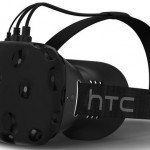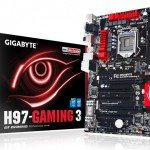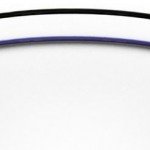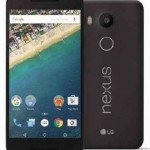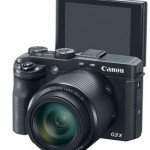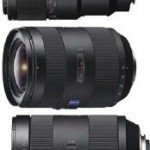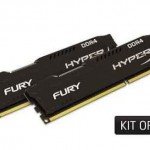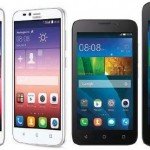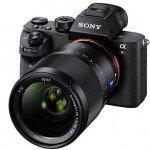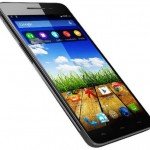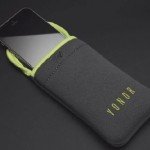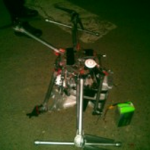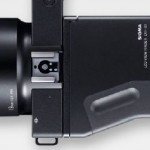Why MacBook’s Latest Notebook Only Have One USB Connection ?
A new, thinner MacBook means the need for new, thinner ports – well, a single new port as it turns out, and it’s called USB-C. So how does this latest notebook get away with having only a strange new USB connection? USB Type-C is a new connection standard, hot off the… thing that standards are made on. It’s intended to be the future of USB, replacing the larger, clunky Type-A (normal rectangle USB connector) and Type-B (square-ish connector usually used on printers) plugs. It’s reversible, like Lightning, meaning less of the in-and-out dance we’ve ”enjoyed“ with the old-style USB connectors. But, most crucially, despite being tiny, it’s fast.
USB Type-C is based on the new USB 3.1 standard, which can support transfer speeds of up to 10Gbps – not as fast as Thunderbolt, but still very fast. The first-generation MacBook won’t be able to reach those speeds, though – it’s using USB 3.1 “gen 1,” which is limited to 5Gbps, the same as the USB 3.0 standard used in current Macs. There are other benefits to using USB 3.1, though. The main thing is its ability to deliver more power than older USB connections. The power brick for the MacBook delivers 29W of juice, which requires the special USB Power Delivery standard. Type-C enables this, so it can be the MacBook’s power port.
Type-C also offers an alternate mode specification for video, which mean it can be used to send native DisplayPort 1.2 or HDMI signals, potentially even at 4K resolutions. It can send data down the cable at the same time as the video, meaning that a compatible display could act as a connection hub. Power can be sent through the cable at the same time as all this, so a single cable could truly dock your MacBook at your desk. Of course, most of this is exactly what Thunderbolt does (and does it faster), so why not stick with that? Size would seem to be the answer – Thunderbolt’s connection just wouldn’t fit on something as thin as the MacBook. And Type-C’s performance and power capability make it a perfectly viable (and cheaper) alternative. Still… we wish there were two ports.


